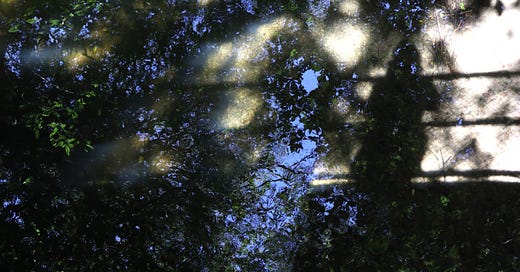It’s an action so familiar, I barely notice I’m doing it. Every day, dozens of times, I place my hand on the smooth metal of a tap and turn it on. I wash my hands. I fill the kettle to make myself a cup of coffee. I top up the water bowl for my pets. I wash dishes. I fill the water bottle I keep in the fridge. I shower. I flush the toilet.
It’s not just any water which comes pouring out of the tap without me thinking about it. It’s good water, safe water, cool and fresh and lifegiving. I seldom give it the appreciation it warrants, but I know it’s a precious gift, a privilege many around the world don’t have. I trust our water, drinking it without qualm. When something goes wrong with our supply, as it did recently in Queenstown where dozens of people were sickened by a parasite called cryptosporidium, it’s national news.
Our water falls from the sky in such abundance we are often ungrateful for it. I know that I’ve been struggling to appreciate water for the last couple of years, with all the rain La Niña has brought. But Kenya has opened my mind to concerns about water scarcity. When I was there, I could have pretended there was no problem. Every time I turned on the tap, water flowed. But I knew that my reality, as a tourist, was not the reality for many Kenyans.
I’m working on an article now, looking at water issues in Kenya. I’m trying to understand why most of the streams and rivers I saw were opaque with sediment. I’m learning about the impact of intermittent water supplies on pipe networks. I’m looking at where Kenya’s water comes from. But writing that article has made me reflect on water in New Zealand.





